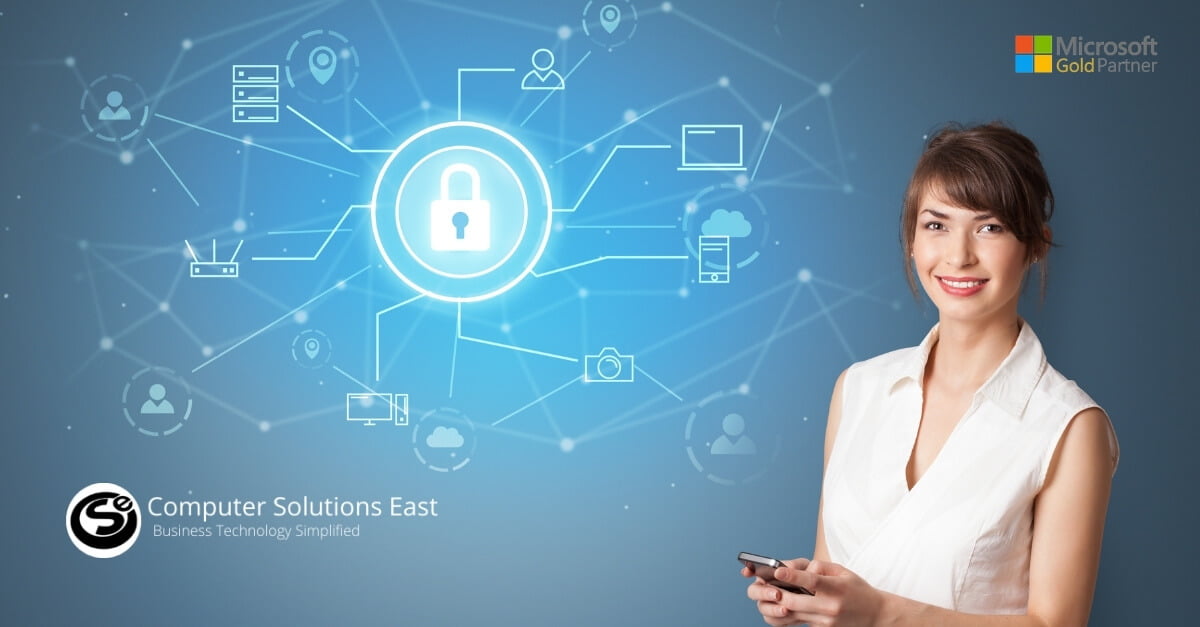Now is the time for businesses to leverage technology adoption services
Transformation management should be part of any business or IT change initiative. Technology adoption services involve managers going beyond the quick training and rather implement an organization-wide change. Adoption and shift management are important topics in many contemporary businesses trying to remain ahead of their rivals.
Most companies realize they have great individuals operating for them and comprehend their work processes and technologies.
Next-generation firewall, endpoint identity and response (EDR), VPNs, access point security, and backup and disaster recovery strategies are used to secure your company and data as a part of technology adoption services. These managed IT services can help you create or enhance your best protection against an attack and improve your business outcomes.

Align with corporate strategy and vision
At all times, maintain visible senior sponsorship. This will help you cope with roadblocks, strong views, and problems.
With additional stakeholders engaged, project teams frequently forget how the change fits with company strategy. Getting senior sponsorship early on to establish a project vision that aligns with company strategy is essential.
Regular project updates will keep senior sponsors informed of their progress and actively involve them in the implementation and adoption phases.
The digital adoption for seamless AI integration
Many businesses are already adapting to the fact that consumers have already transitioned to digital. Companies that employ remote workers already have their employees working part-time from home. They are also nimbler. The operations of organizations have already begun using data analytics services and AI (artificial intelligence). In the past, IT teams have never been able to produce work at the speed they can now. However, for most businesses, the technology adoption services already implemented constitute just the first phase of the required improvements.
The following are our four goals: utilizing new data and AI to enhance company operations, refocusing and speeding digital investments in adapting to shifting consumer demands, and judiciously upgrading technological capabilities to increase development velocity.
Tailoring the adoption approaches
The more closely you adapt your sustainability strategy to the unique requirements of your customers, the more likely it will be accepted.
When it comes to adoption, planning is not a simple job. It is not as straightforward as developing a marketing and training strategy. Along with communications and training, there are other things to consider before even being change-ready
The technology adoption services plans serve as the foundation for the entire change strategy, developed from the information collected during the discovery stage and consultation with key stakeholders inside the organization.
CSE may tailor these strategies based on experience and lessons gained to create an engaging and purpose-driven user journey that focuses on the user rather than the organization.
Robust data and AI Adoption to implement strategies
On a daily, weekly, and couple of months, hundreds of operational choices are made. Consider an airline, which must make several decisions: Which routes are we going to operate? Which crew size is most appropriate for each flight? How many meals do we need to order? What amount of personnel is required in the contact center?
To guide such operational choices, modern companies use a variety of forecasting and planning models. These models will need to be validated by organizations. Also, to how many businesses were forced to update risk and financial modeling that collapsed after the 2008 financial crisis, models will similarly be changed due to the pandemic’s enormous economic and structural changes. For instance, models that depend on time series, oil price, or financial burden will be completely rebuilt. Additionally, the data must be reevaluated.

The Way Forward
Bear in mind that individuals adapt and change at varying rates and have varying perspectives on change. It is usually beneficial to engage in “mop up” tasks.
There will be coworkers, and they will be unable to attend interesting events and training sessions. Additionally, some may attend training, pay little attention, and need additional help after utilizing the solution. Once you’ve allowed consumers to try out the technology you’re adopting, provide technology adoption services in a highly customized way.
Delivering a cultural change should not be intimidating, but it may need you to do things differently than you have in the past. Although most companies do not remove or significantly reduce their physical office space, many organizations will embrace much more flexible remote work rules in the future. This implies that collaboration tools and adoption initiatives are more critical than ever.


